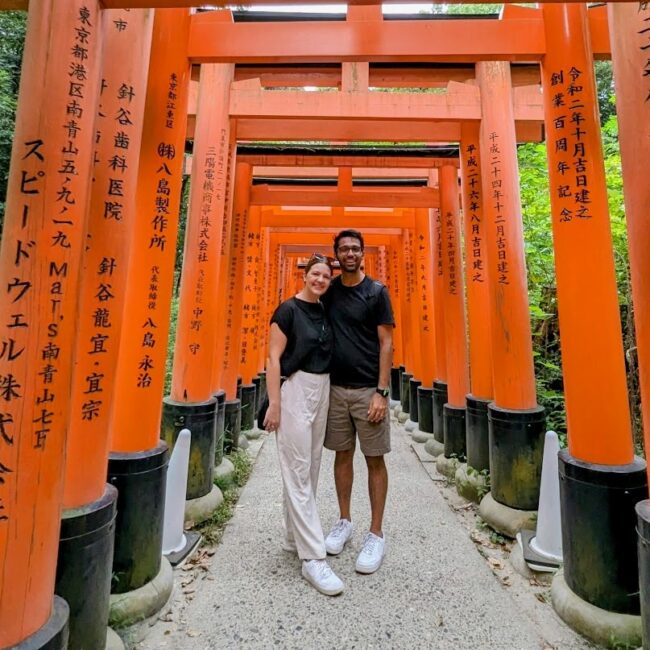Discover Tokyo – Traveler’s Guide to Japan
My husband and I kicked off our Japan trip with six days exploring the bustling city of Tokyo. With the juxtaposition of traditional and modern culture, the delicious cuisine, the efficient public transportation, and the lovely people – we immediately fell in love with Tokyo.
Need to Know for Tokyo:
Currency: Japanese Yen (JPY)
Language: Japanese
Airports:
HND – Haneda Airport (Tokyo)
NRT – Narita Airport (Tokyo)
100 volts and 50/60 hertz, Type A & B plugs (nearly the same as the USA, I didn’t use a converter/adapter once)
Planning Your Trip
Accommodation:
Neighborhood: The big question for people when coming to Tokyo is in which neighborhood to stay. The most common for first time tourists would be Shinjuku or Shibuya. We loved staying in Shibuya. In my opinion, Shinjuku is a little too busy for my taste, so I’d recommend Shibuya or Minato neighborhoods.
Airbnb vs. Hotel: I only did a little research on this, but most blogs I read recommended staying in a hotel, mainly due to the hospitality support, language barrier, and location. We stayed at the Hyatt House Shibuya and it worked great for us. The rooms were quite spacious which is very rare for Japanese hotels. You can generally expect VERY small rooms in hotels.
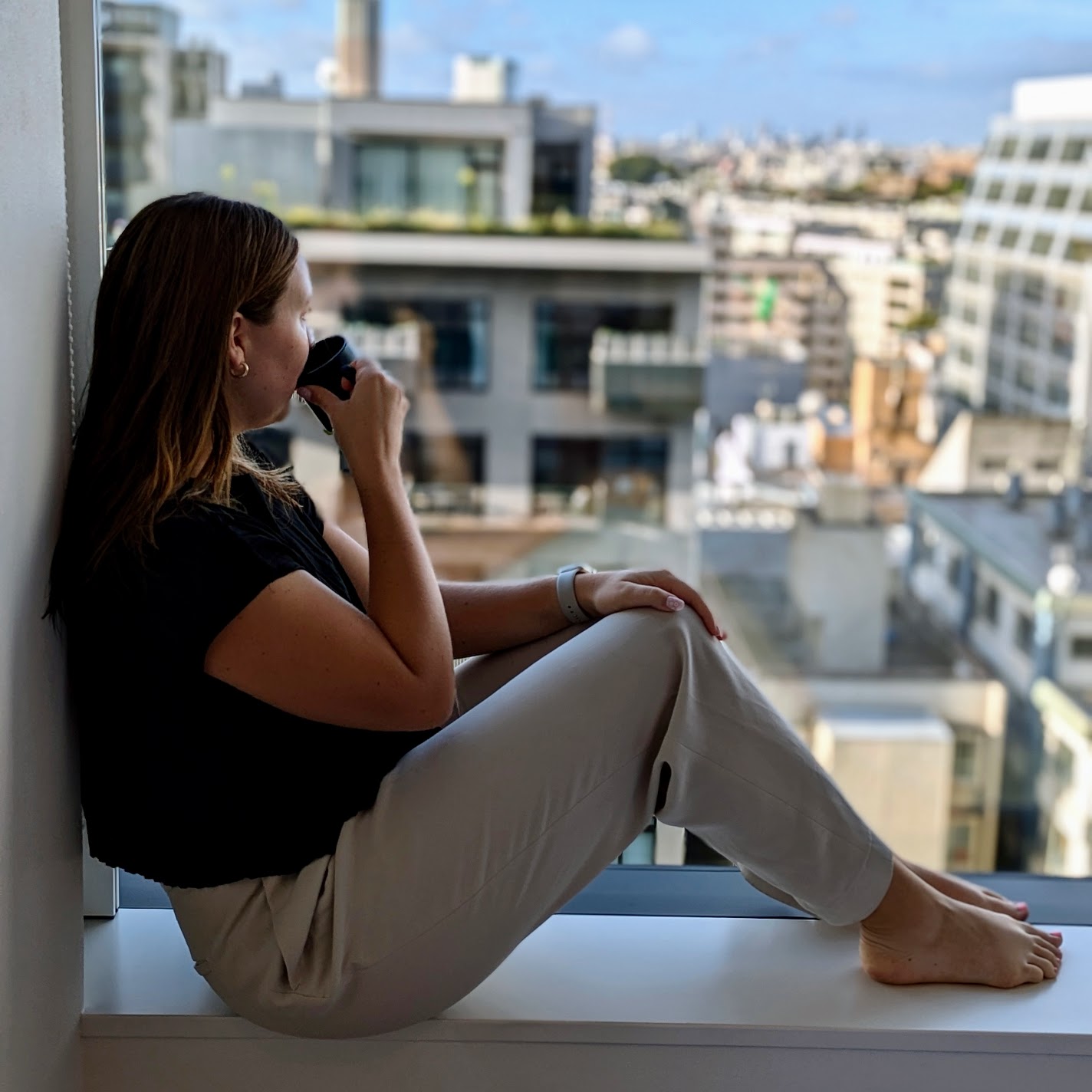
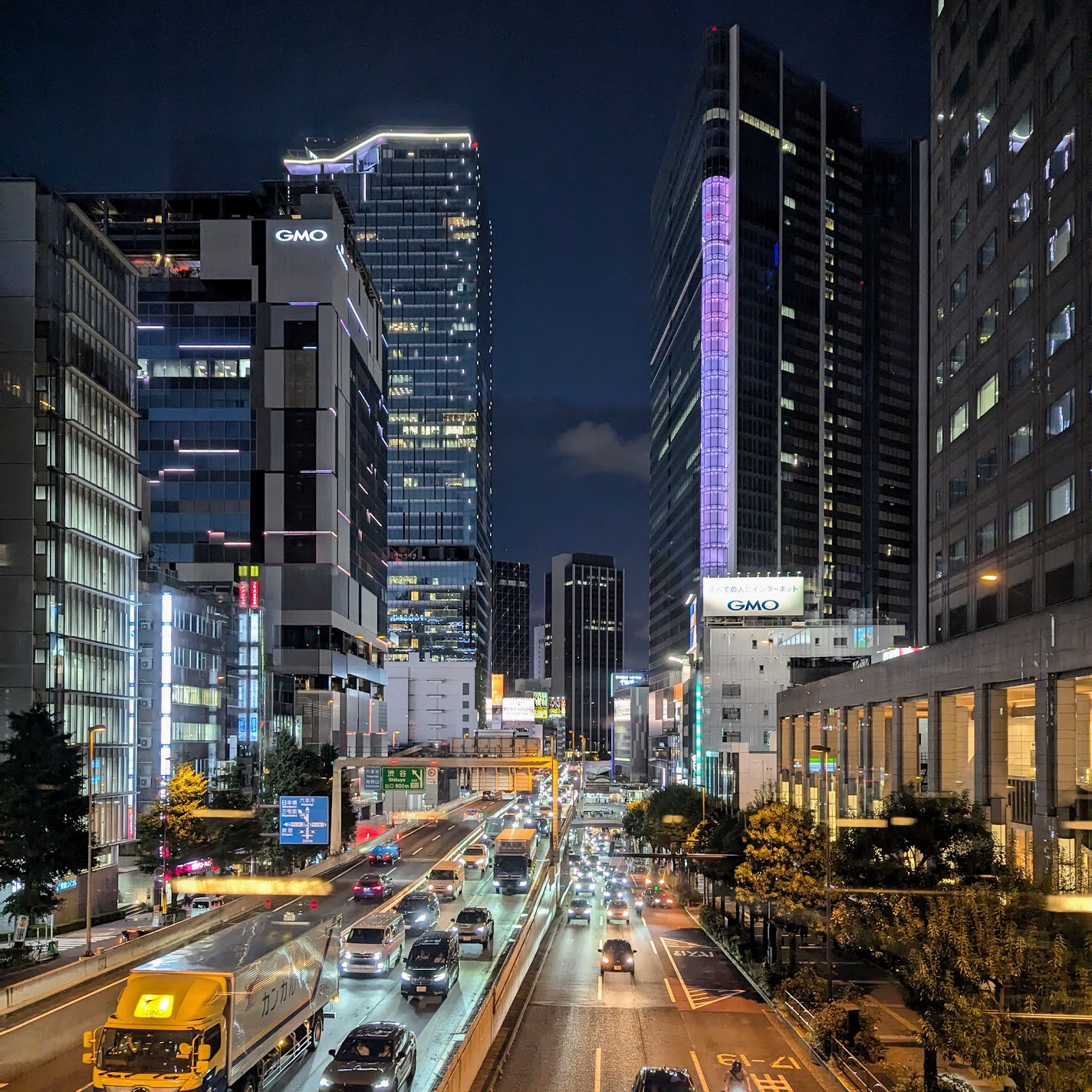

Getting to Tokyo from NRT:
By Train: We took the Narita Express (N’EX) from NRT to Shibuya, which worked out great for us. When you land in Narita, just follow the signs for ‘Train’ and then head to the N’EX or JR kiosks to buy your ticket. You can search for your train ticket via route and buy your ticket. For the N’EX you need both a basic and express tickets. They’re sold in a package but make sure you select the option with both. From the ticket kiosk is only a 1 minute walk away, so you can buy tickets for a train leaving in up to 5 minutes. The tickets we bought were $25pp one way.
By Bus: There are tons of great bus options to get into Tokyo from Narita airport. They might take a little longer but could be a little cheaper. If you want to explore this option, there are multiple bus counters on the arrivals level of the airport where you can go ask for help.
Getting Around Tokyo:
Download the SUICA card in your Apple wallet and you’re pretty much good to go. Just keep this card loaded with money to pay for trains and buses. You will just tap in and tap out on any train/bus you ride. SUICA is one option of the many ‘IC Cards’ that are used in Japan.
Trains and Buses: The public transportation in Tokyo is amazing and you can get almost anywhere so easily. We used Google Maps or Apple Maps to navigate and it tells you train/bus lines, station entrances and exits to follow, platforms/stops, and timetables. Given how huge the system is, it was surprisingly easy to navigate and use.
By Taxi: There are plenty of taxis in Tokyo and I would say the cost is pretty similar to Ubers/Lyfts in the US. You can always have a hotel or restaurant call you a taxi, or you can use Uber or one of the local apps. The few times we did call a taxi, I used GO Taxi.
By Car: We did not drive in Tokyo and I can’t really think of a reason you’d need to drive in the city.


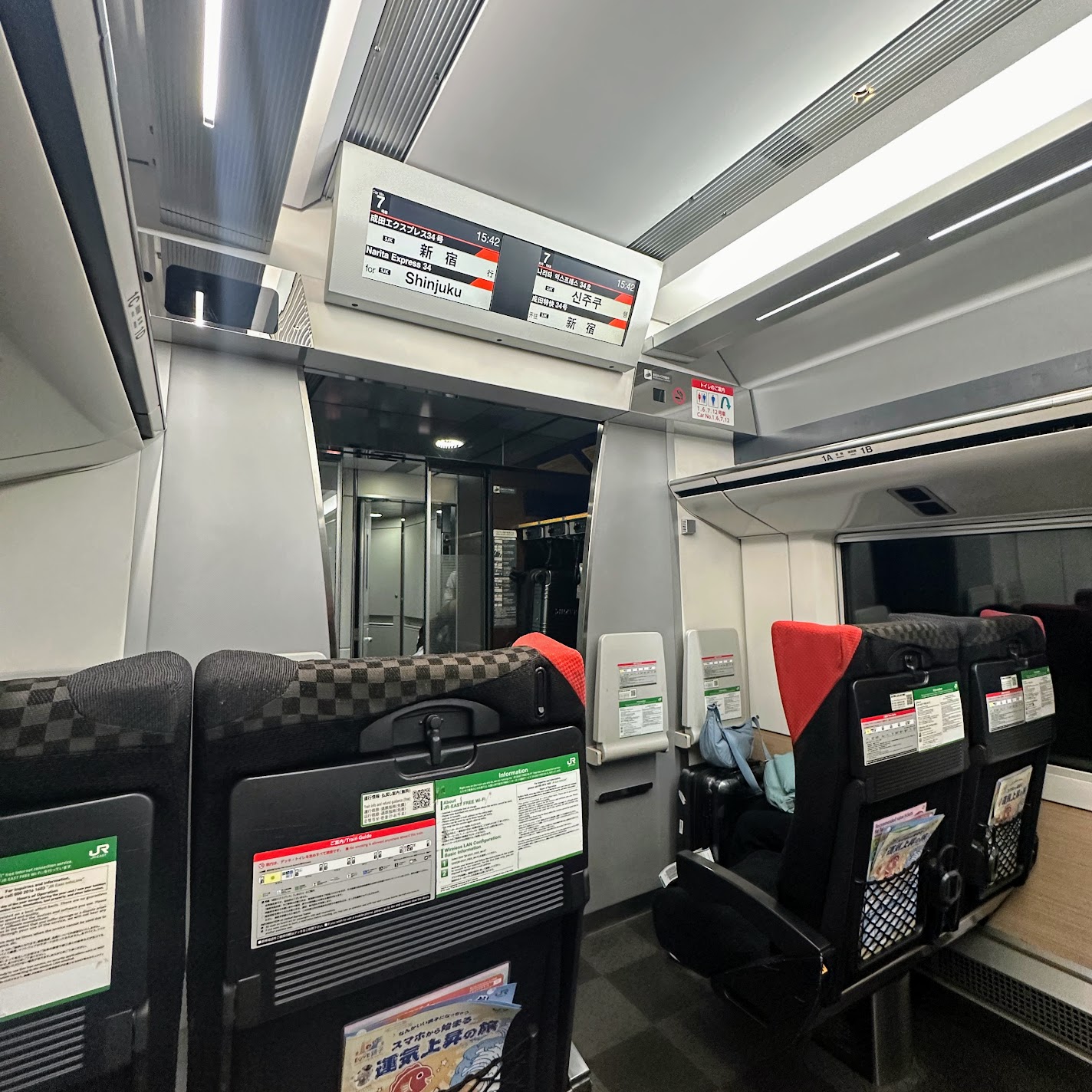
What to Do in Tokyo By Neighborhood
Shibuya & Harajuku
Meiji Jingsu Shrine: A peaceful spot to explore in the bustling city. This shrine is adjacent to Yoyogi Park, so its a great area to stroll around and explore. My favorite part of visiting this shrine is seeing the consecrated sake barrels on the path to the shrine. This shrine honors Emperor Meiji and Empress Shoken, who led Japan through a period of rapid modernization in the late 19th century.
Shibuya Center-Gai: Shibuya is really known for shopping and this is one of the most popular shopping streets. This area is more mainstream fashion, nightclubs, and restaurants. Alternatively, you can check out the
Takeshita Street: A more quirky shopping area up in Harajuku famous for smaller shops, cafes, and street art.
Shibuya Scramble: If you google ‘top things to do in Tokyo,’ this is usually the first thing that comes up. It’s definitely cool to see once, but beyond that, there isn’t much to do here. You can go up to the Starbucks and see a view of the scramble from above for free. You can also go up the Shibuya Sky for a high up view of the scramble and panoramic views. You can also stop by and see the famous Hachikō Memorial Statue in this square.
Togo Shrine: This one is a bit of a hidden gem often missed by first time visitors. The lovely landscaped gardens the shrine celebrates Heihachiro Togo, the Japanese Navy admiral who led Japan to victory defeating Russia in the Russo-Japanese war.
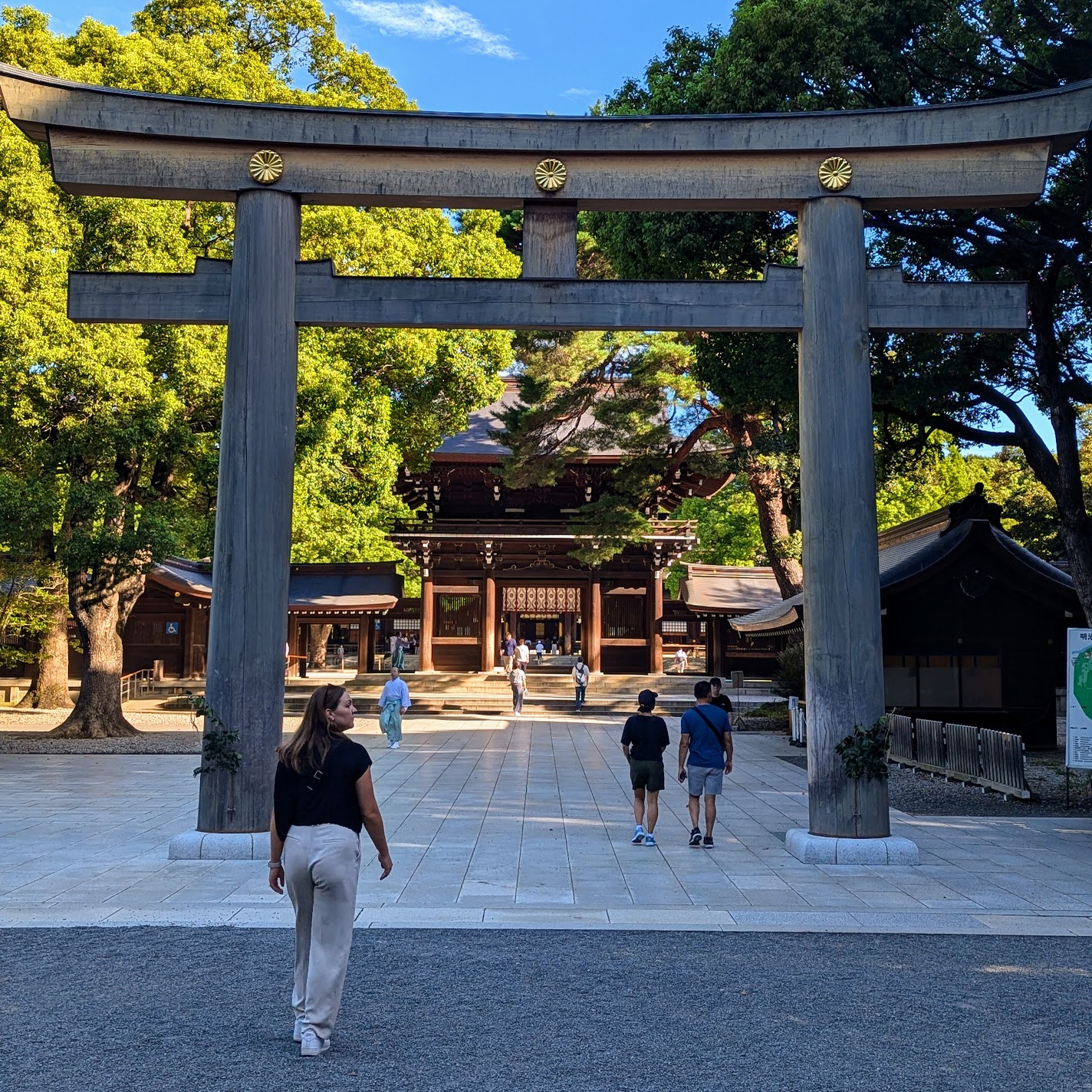
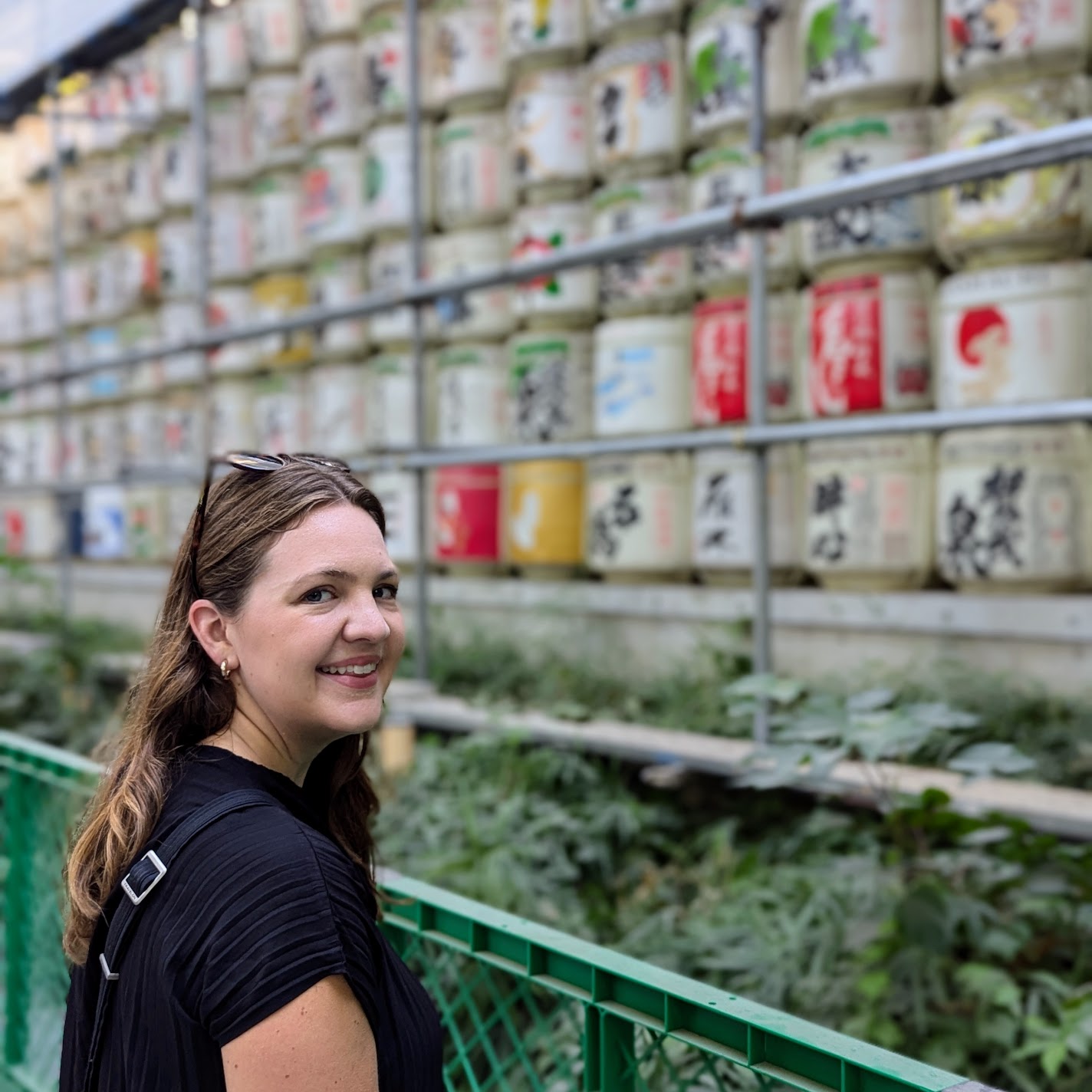
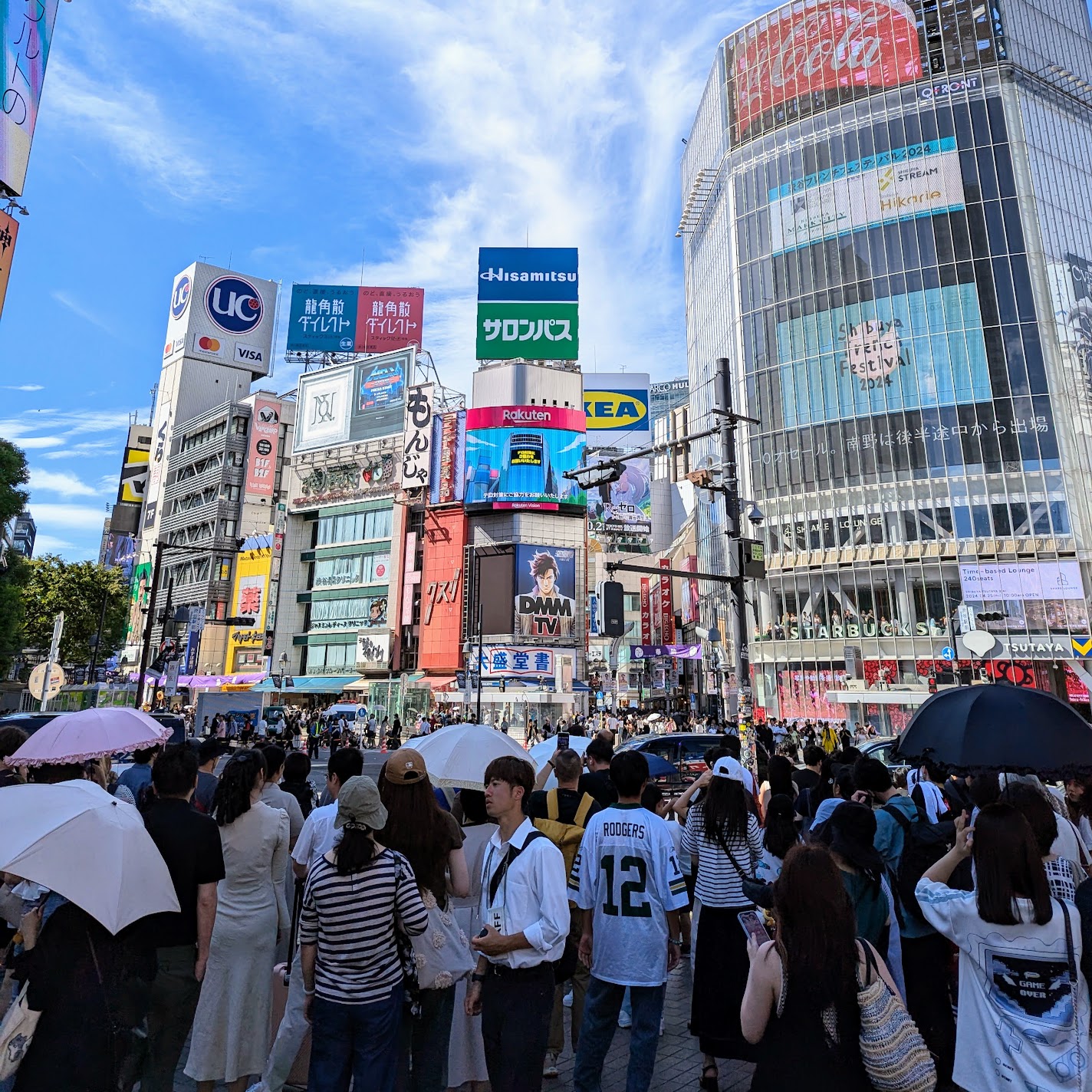
Shinjuku
Shinjuku is known for being the busiest (craziest?) district in Tokyo, famous for its towering skyscrapers, endless shopping, and neon-lit streets. It’s also home to Shinjuku station which is one of the busiest train stations in the world (and you’re bound to get lost at least once).
Omoide Yokocho: Roughly translating to ‘piss alley,’ this narrow street is filled with food vendors with 5 or 6 seats each. This is such a cool and bustling aread to check out and grab some yakitori or a beer. We didn’t actually eat here and just wandered through, but be respectful and do not take photos of the vendors.
Golden Gai: This area is really hyped on social media but I found it underwhelming. It’s essentially a few roads filled with izakayas – drinking spots where you pay fee to get in and the drinks usually come with small bites/snacks. If you have a specific spot you want to try, go for it! Otherwise I’d say you could skip it.
Shinjuku Gyoen National Garden: We didn’t make it here on our trip, but I’ve heard this is a huge and beautiful garden featuring french, english, and japanese foliage. It is also famous during cherry blossom season. It is typically open 9a – 4*30p except for Mondays, and has a 500 yen entrance fee.
Night Food Tour: I’m gluten intolerant so I skipped the food tour – but I’ve heard great things about Magical Trip. They do a 3.5 hour foodie tour of Shinjuku for all the must-try foods and drinks!
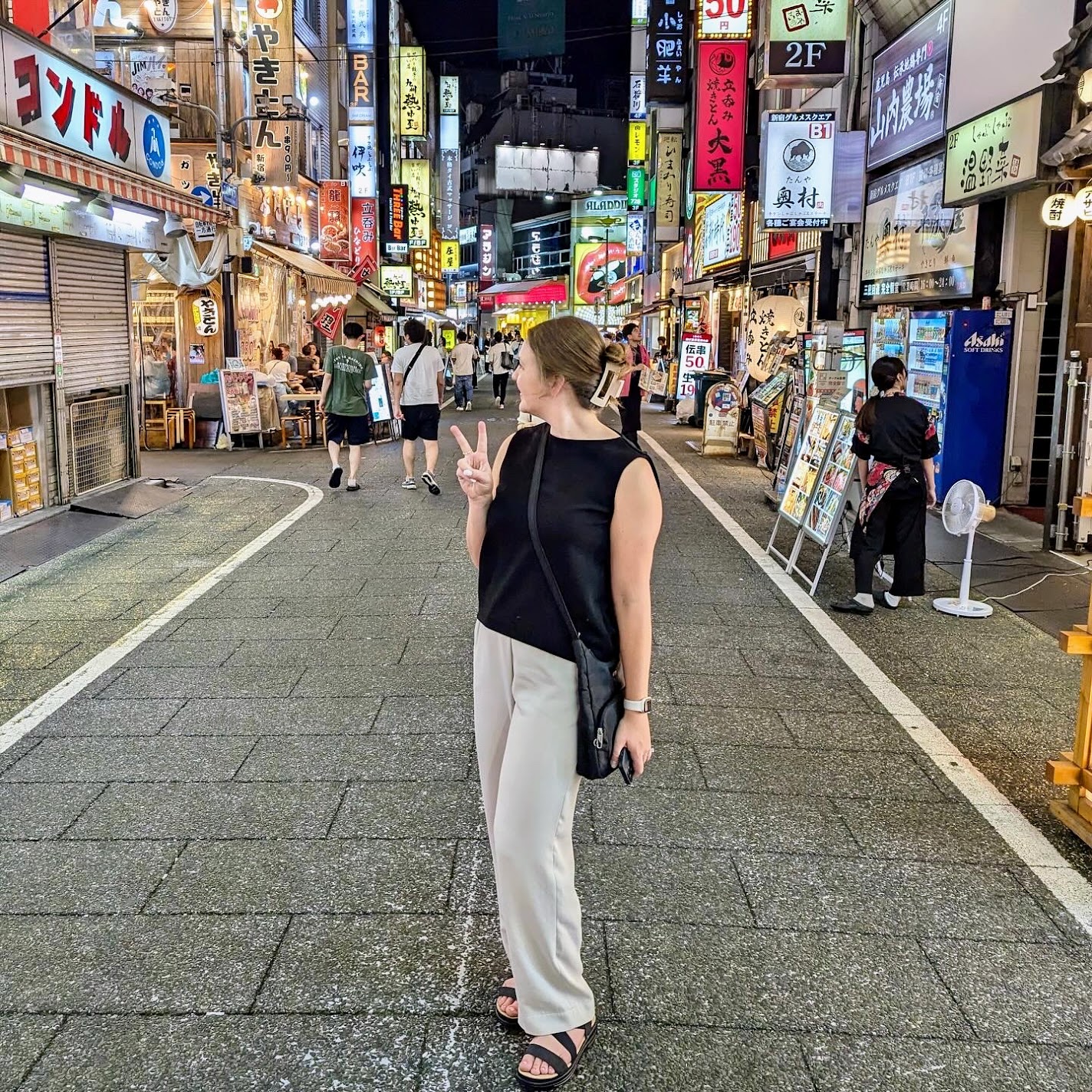

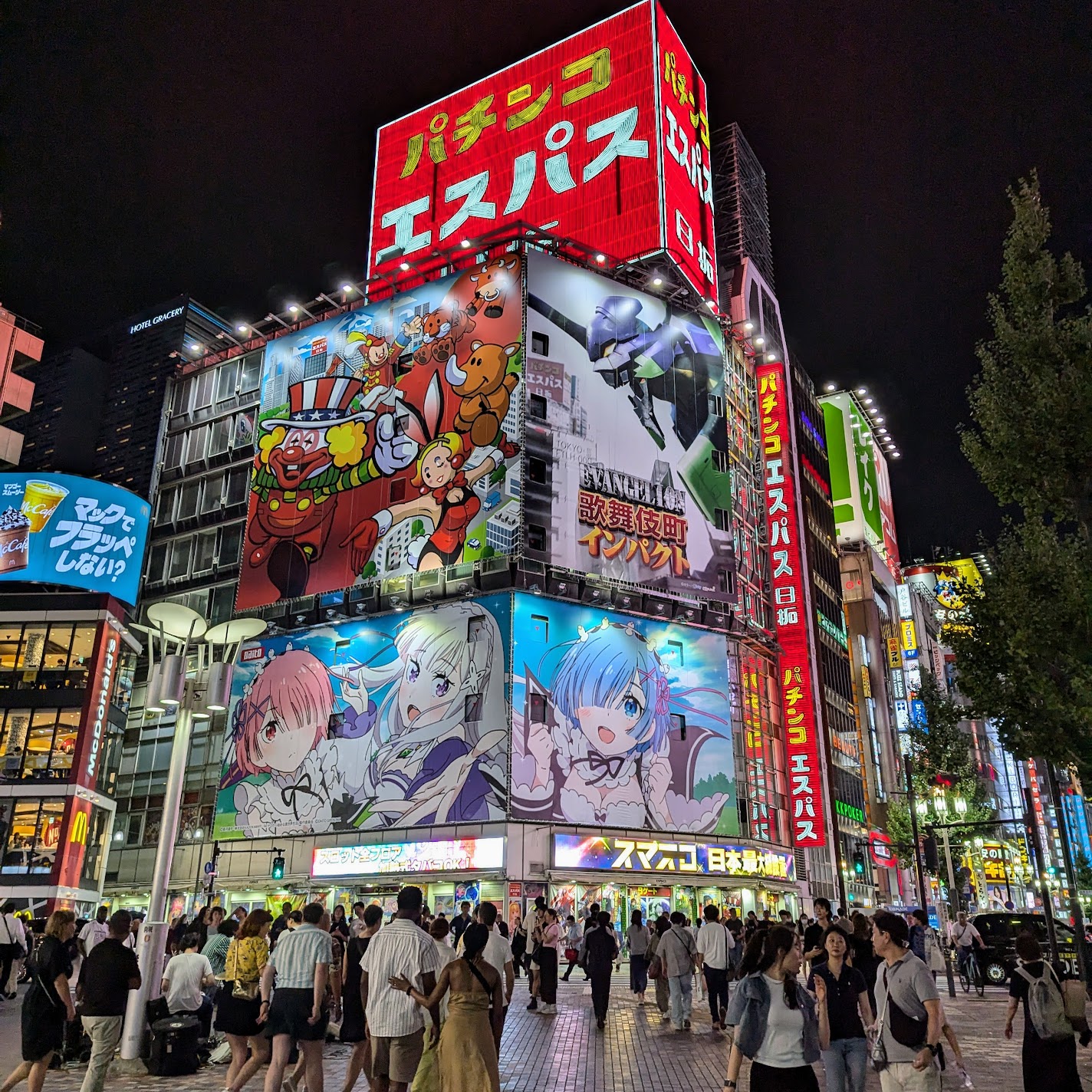
Asakusa & Ueno
Asakusa is a historic neighborhood best known for Senso-ji Temple, its traditional streets, and a nostalgic atmosphere that showcases old-world Japan. In nearby Ueno, the main attraction is Ueno Park, filled with museums, nature and history.
Senso-Ji Temple: One of Tokyo’s most popular attractions, make sure to check out one of Tokyo’s oldest Buddhist Temples. You can explore Kaminarimon Gate, bustling Nakamise shopping street, and stunning main hall. You can also get a great view of the temple and shopping street from Asakusa Culture Tourist Information Center on the 8th floor.
Get Your Fortune at Senso-Ji Temple: Make sure to find out your fortune with omikuji おみくじ during your Senso-ji visit! To get your fortune, just make an offering to the temple (JPY 100) then nake a wish whilst gently shaking one of the omikuji containers until a stick marked with a number falls out of the small hole. Look at the number then put the stick back in. Then, take an omikuji sheet of paper from the corresponding numbered drawer that’s on your stick. If it’s a good fortune, keep it! If it happens to be bad, fold and tie it as others have done nearby.
Kappabashi Kitchen Tools Street: Also known as Kitchen Town, this is a popular street for kitchen shopping. Many people buy knives, cookware, and high quality Japanese cooking supplies.
Ueno Park: There is so much to do in Ueno park, but here are a few of our highlights:
Ueno Toshogu Shrine – A beautiful shrine dedicated to Tokugawa Ieyasu, the founder of the Tokugawa Shogunate, which ruled Japan during the Edo period, hidden away in Ueno Park
Hanazono Inari Shrine – A small shinto shrine with beautiful tori gates to explore in the park
Ueno Zoological Gardens – Japan’s oldest zoo, committed to conservation and education for its visitors. Entrance fee of 600 yen for adults and free for kids 0-12
Tons of Museums – National Museum of Nature and Science, Tokyo Metropolitan Art Museum, Tokyo National Museum

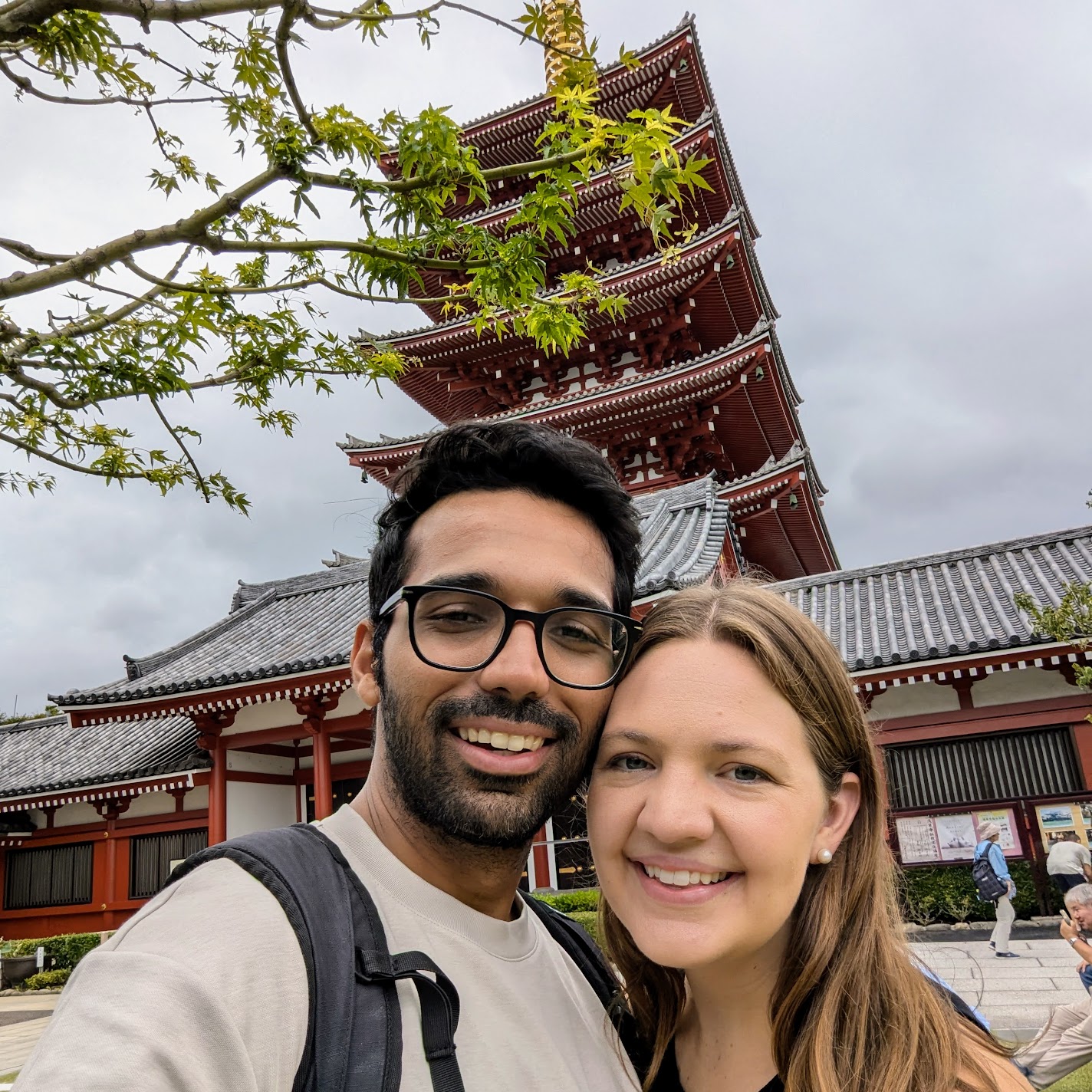

Ginza & Chiyoda
Ginza is known for upscale and designer shopping, filled with stores and restaurants. Chiyoda is in central Tokyo, known for its historical significance and key landmarks, including the Imperial Palace.
Imperial Palace: The Imperial Palace grounds are huge, so be prepared to walk! It is free to enter the grounds, but you can also book a tour to take you around. We used this little self guided tour and it worked out great for us. Be sure to check out the Ninomaru Garden, the different gates, and then the Iwaidacho Police Box for the best view of the Palace since you can’t actually go up to the Palace.
Ginza Shopping: Ginza is famous for luxury and designer shopping. We only went to a handful of stores here, but I’d recommend checking out some of the following:
- Ginza Itoya – multilevel stationary store with everything you could imagine
- Flagship MUJI – High quality clothes, home goods, food, and more
- Flagship UNIQLO – A giant UNIQLO to shop all your clothing basics
- Ginza 6 – A luxury mall. We bought whiskey at the JWC Library

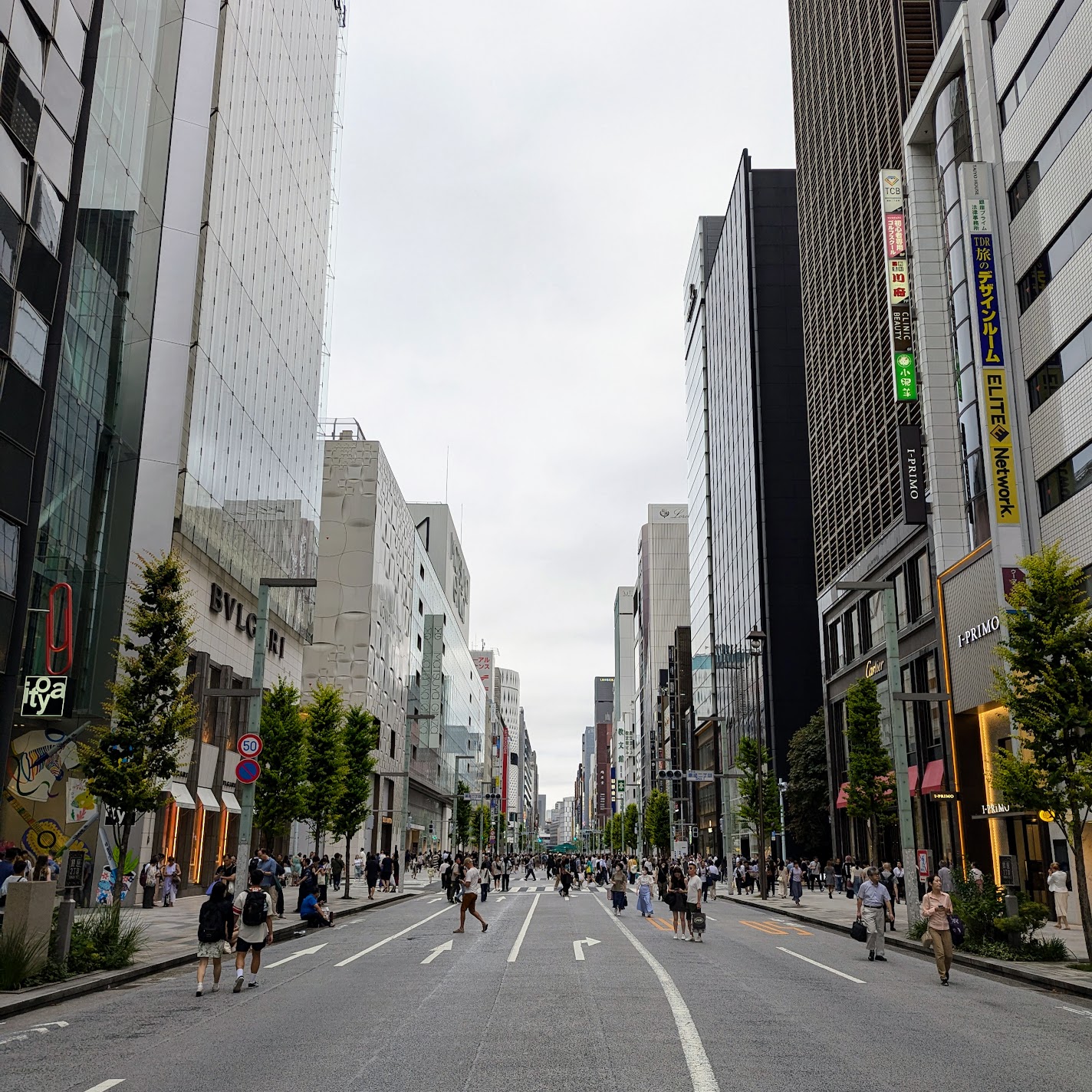
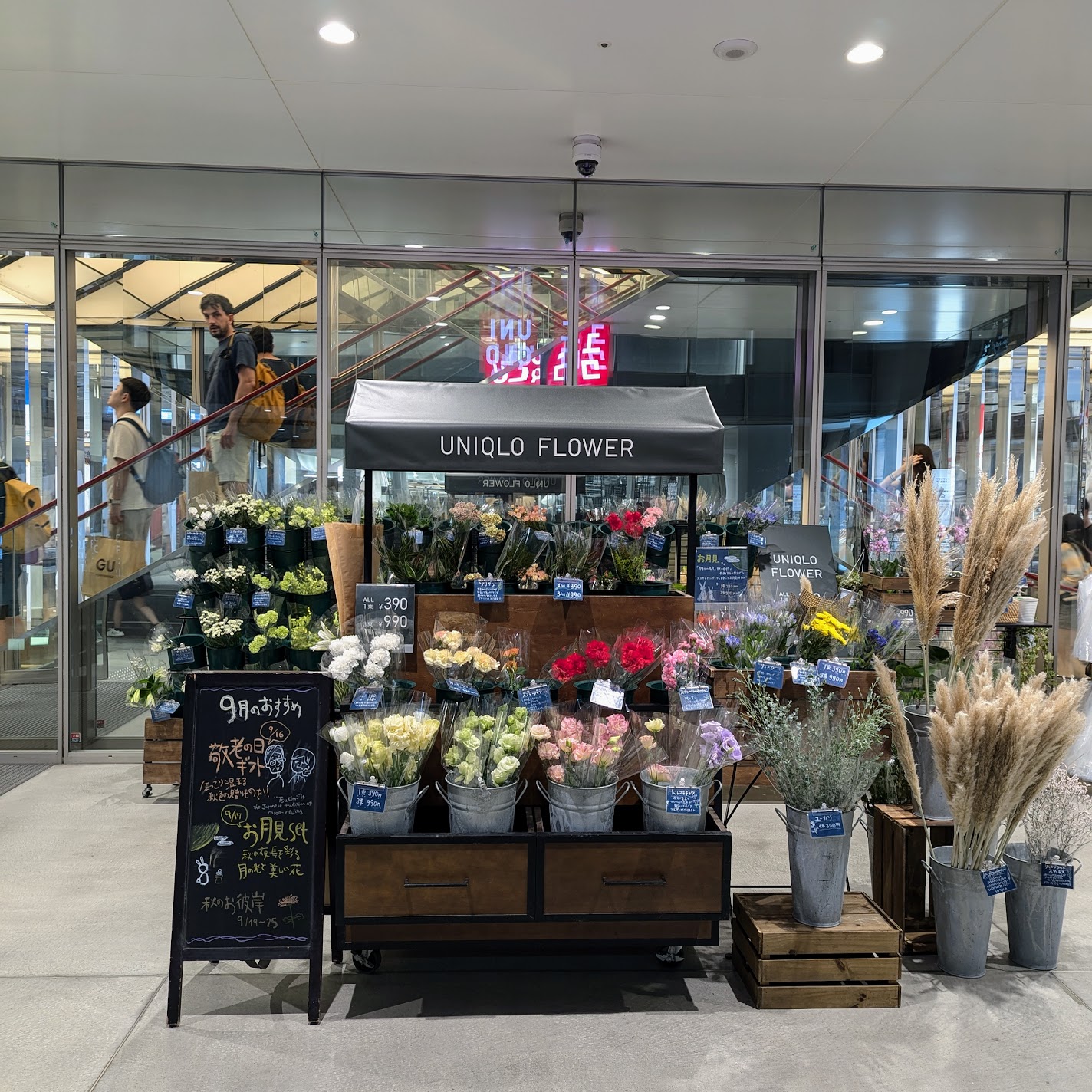
Minato & Roppongi
This area of Tokyo is known for being a little more chill and mostly home to corporate offices. There is also a decent amount of nightlife, art, and culture. The omakase experience we went to was in Minato.
Tokyo Tower: Tokyo’s version of the Eiffel Tower, this red and white structure towers over Tokyo. Tickets for the main deck are 1,500 yen to go up and get wonderful views of the city. We just walked to the base to take photos. They even have little phone holders so you can get good shots.
Tokyo City View: Another way to get stunning views of the city. I opted to do this observation deck since I was able to get free entrance through my work. Admission is ~2,000 yen.
Tsukiji Outer Market: This is the old fish market that is now transformed mostly into a tourist market. You can still find lots of fresh seafood, local snacks, and more. It’s important to note that pretty much everything closes at or before 3pm, so I’d go before lunch time to experience the best of the market. You can also grab coffee at Turret coffee, which our omakase chef said is the best coffee in Japan. If you want to go to the new operational fish market, you have to go to the Toyosu Fish Market.
Zojo-ji: This is a historic Buddhist temple located near Tokyo Tower, known for its beautiful architecture, serene gardens, and as the main temple of the Jodo sect of Japanese Buddhism.
Hamarikyū Gardens: Find peace right within the bustling city by visiting this less-popular but beautifully landscaped gardens, traditional tea houses, and historic structures

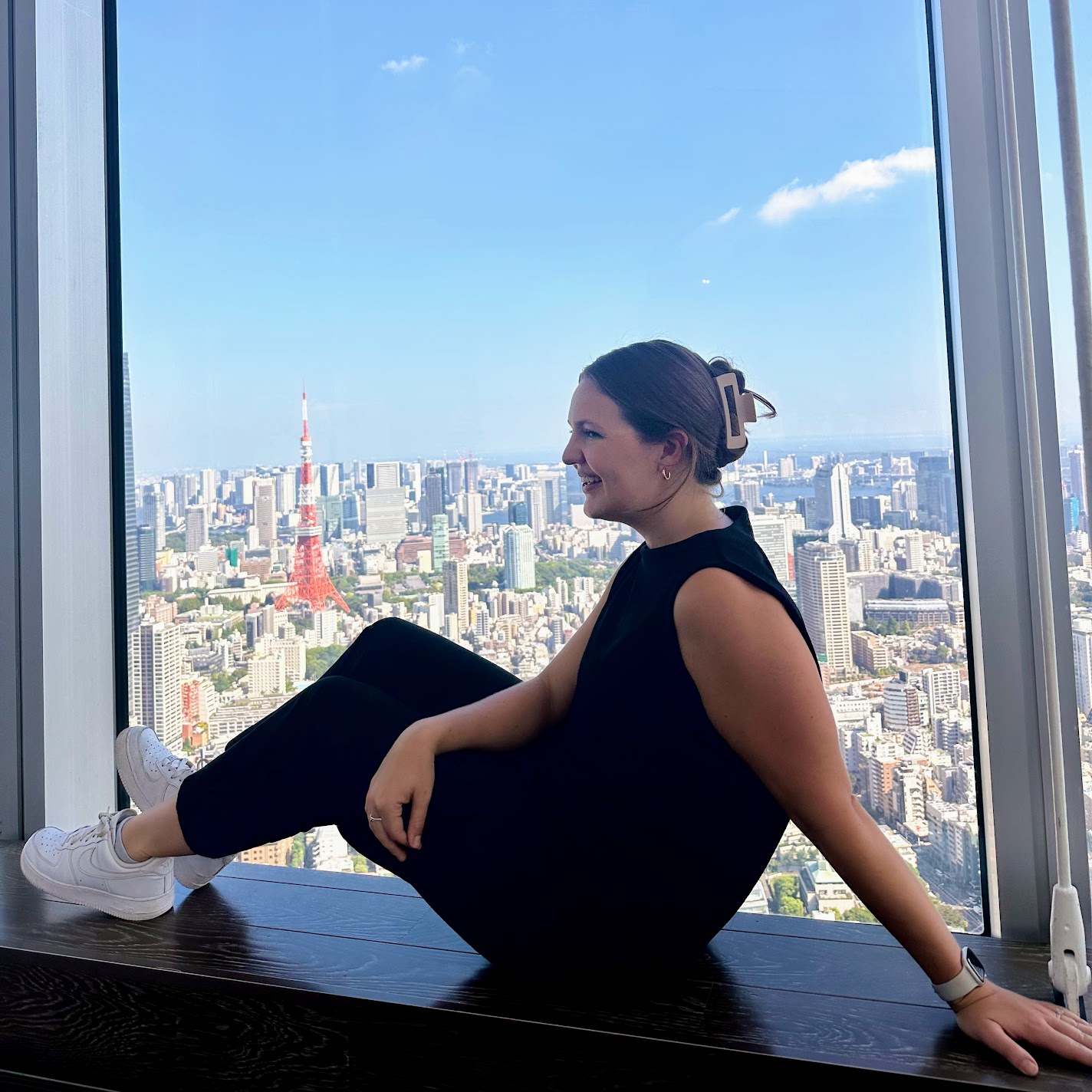
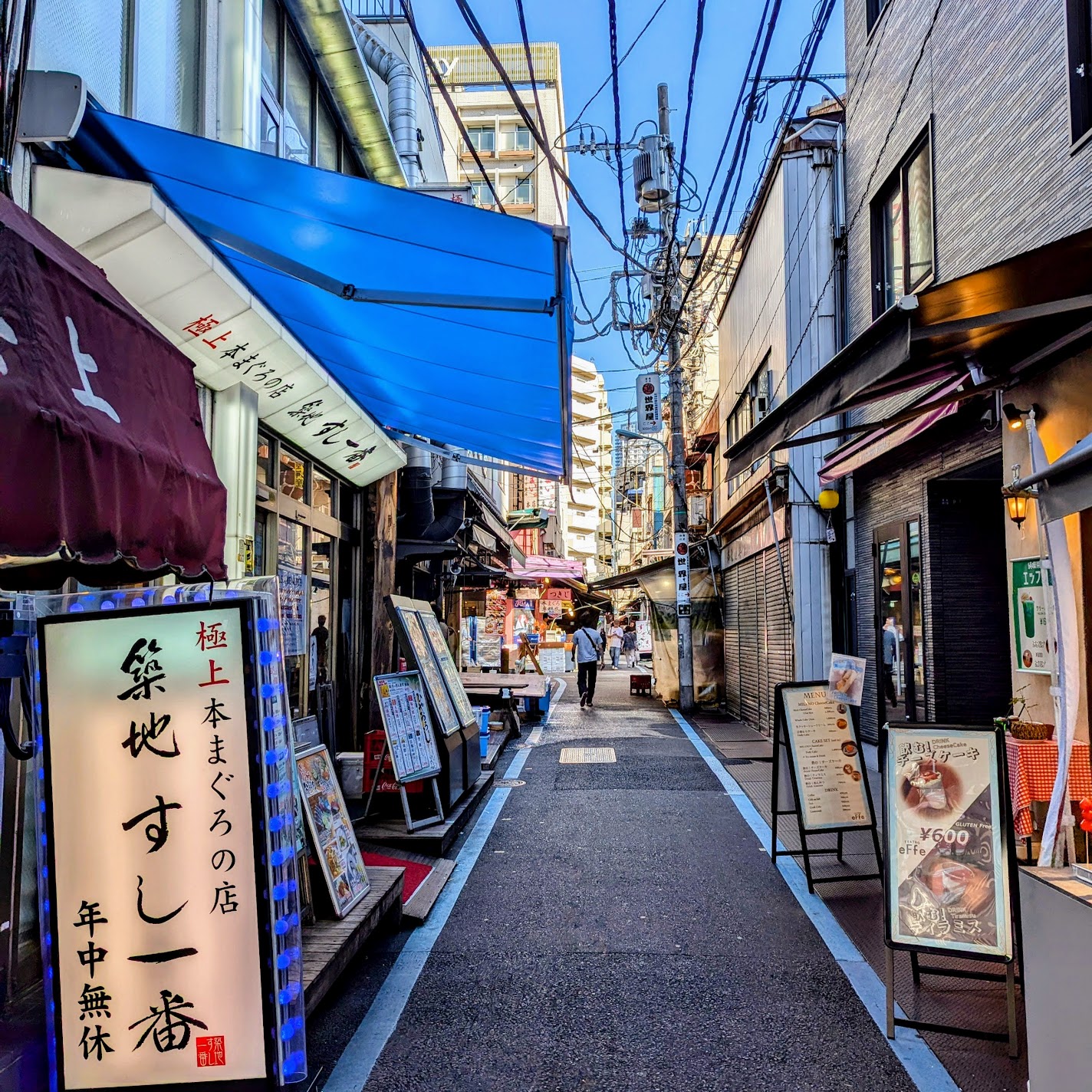
Other Highlights
We designed our Tokyo trip around our interests, but there is so much to do depending on your passions. We didn’t get into the whole anime scene, Tokyo Disney, and more. Here are a few other things to check out.
Akihabra: The center of otaku culture in Tokyo, famous for its electronics shops, anime and manga merchandise, and themed cafes, including maid cafes and gaming venues.
Ebisu: A more relaxed area, Ebisu has trendy restaurants, chic cafes, and a laid-back vibe. My friends recommended many restaurants in this area to avoid the touristy areas.
TeamLab Planets: We skipped this but almost everyone I know goes to TeamLab Planets. It is an immersive art exhibition that features a series of interactive and digital installations. You need reservations and an entrance team. You can also check out TeamLab Borderless.
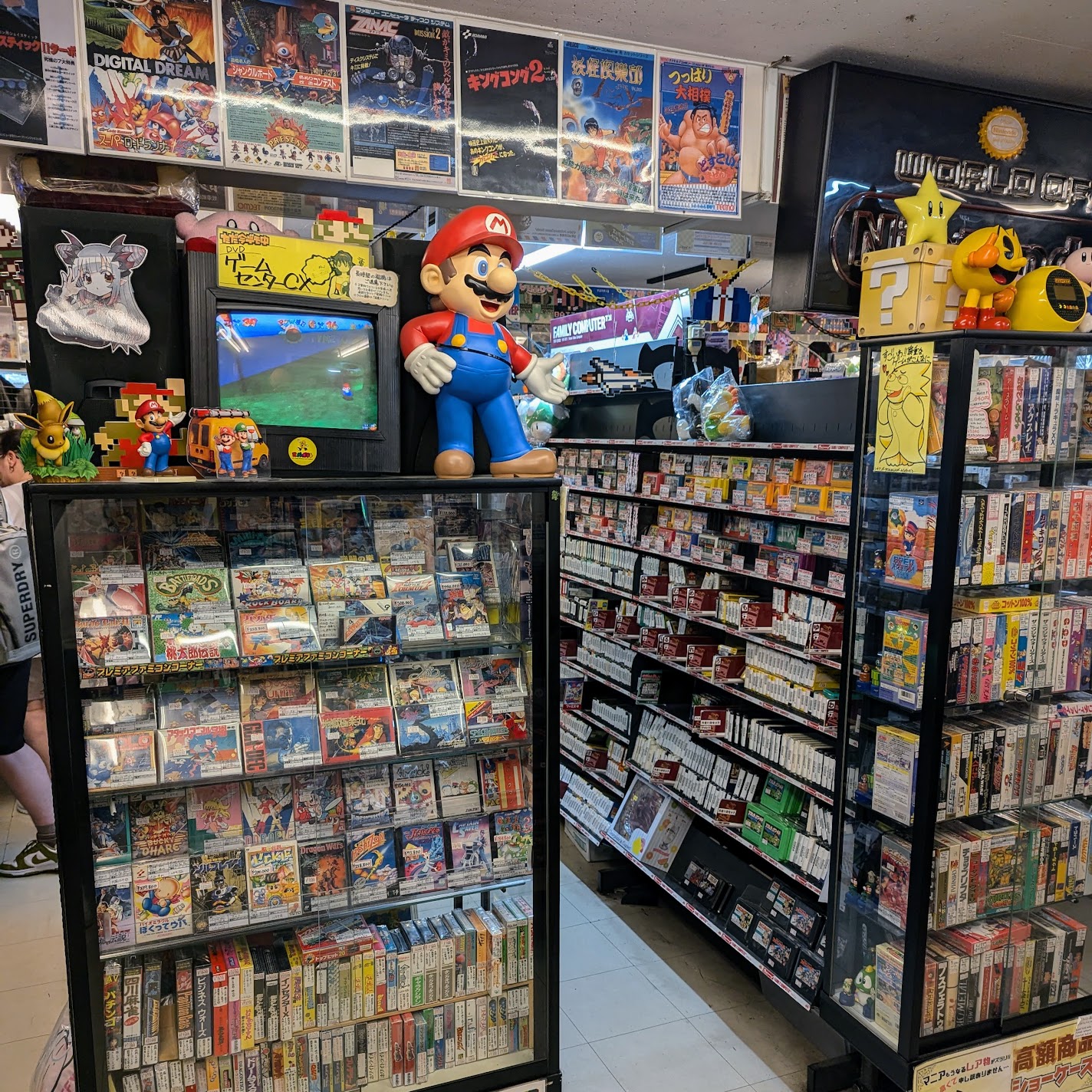
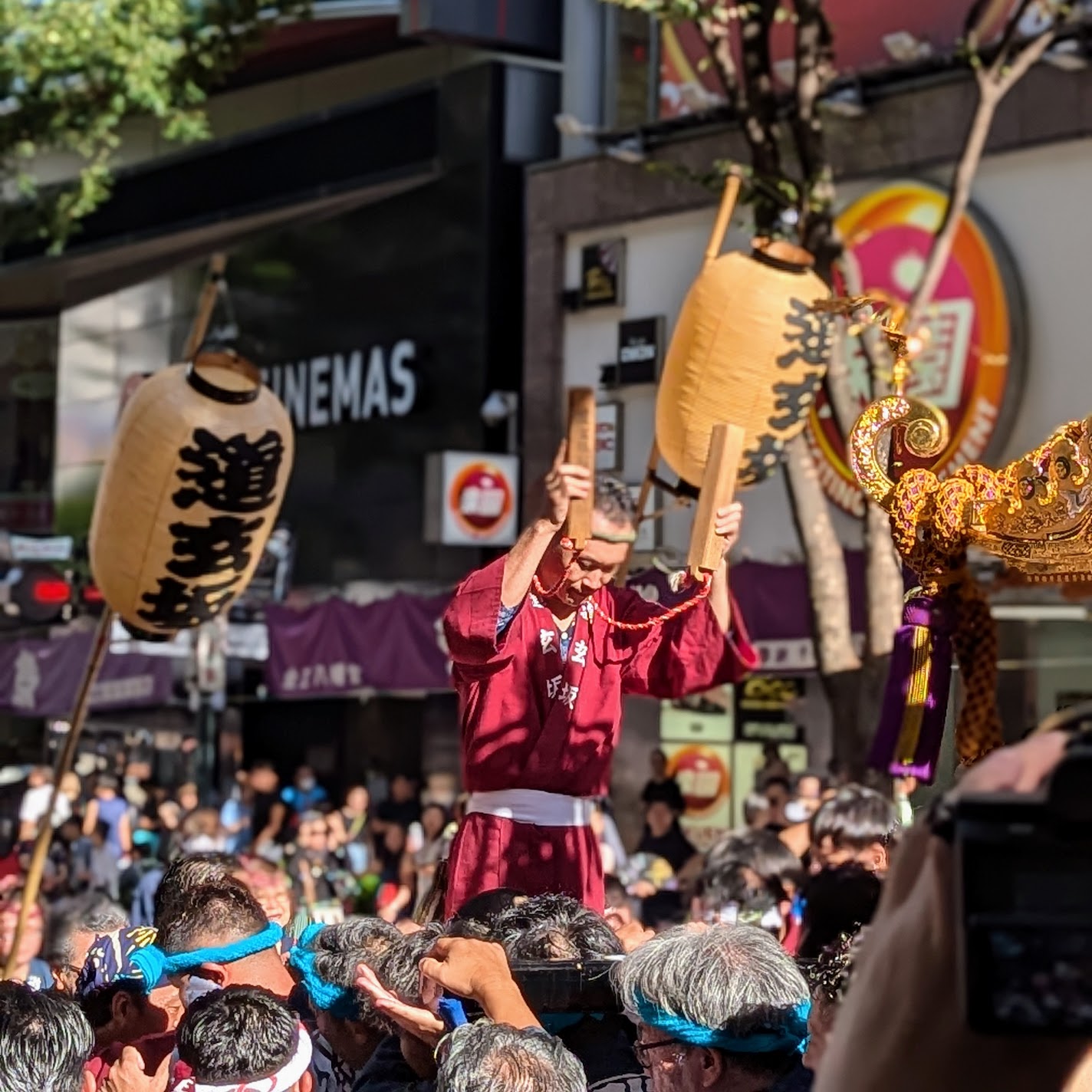
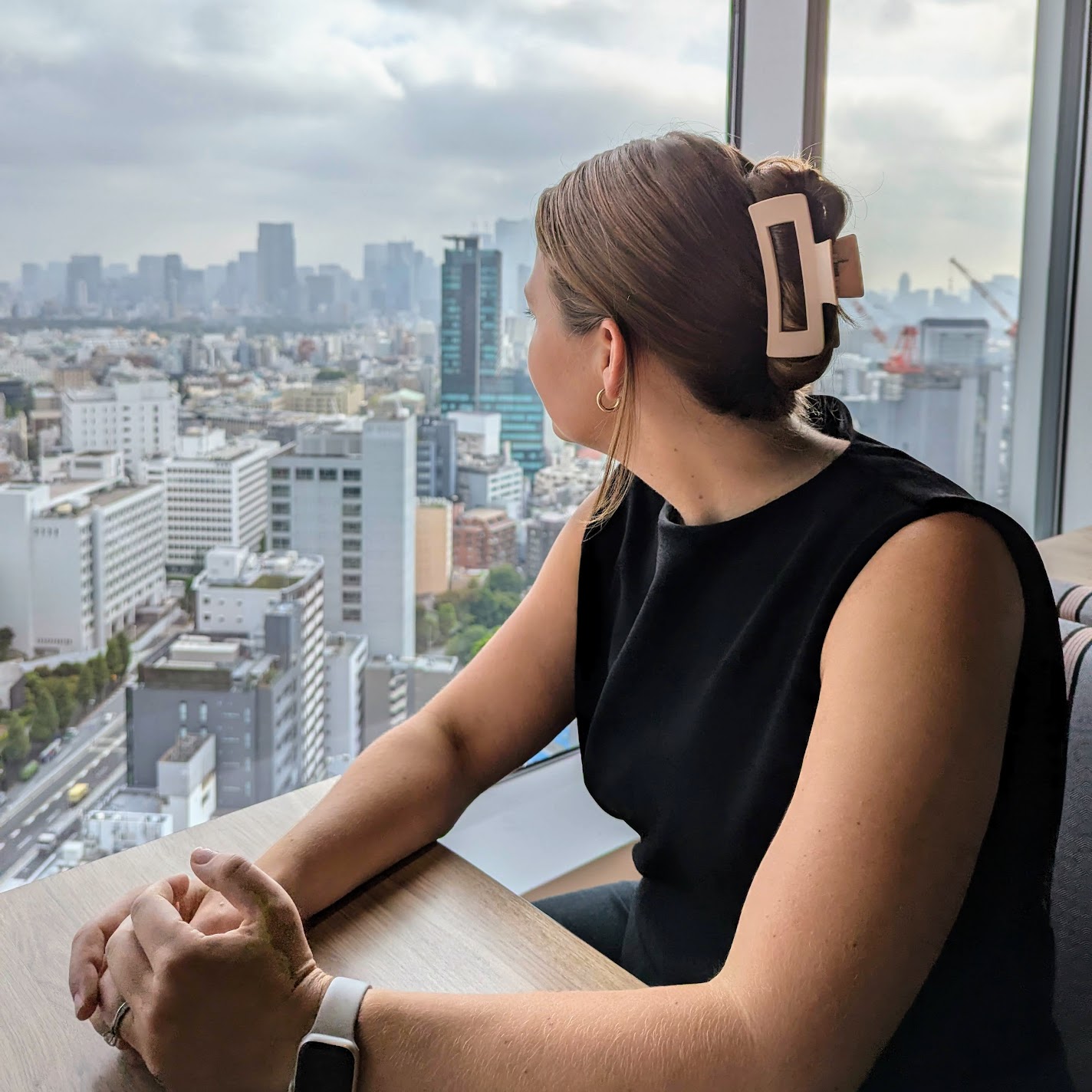
Top Experiences in Tokyo

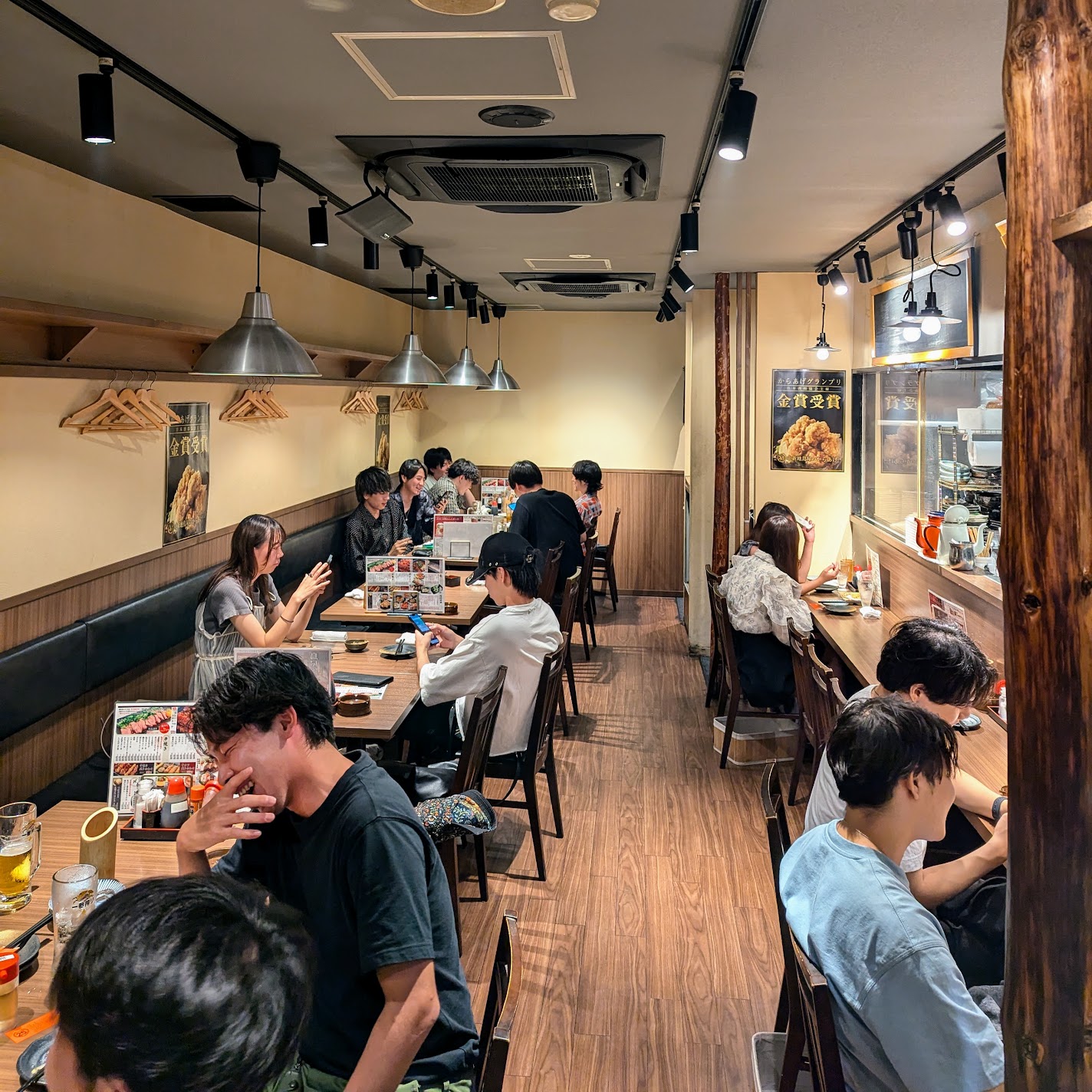
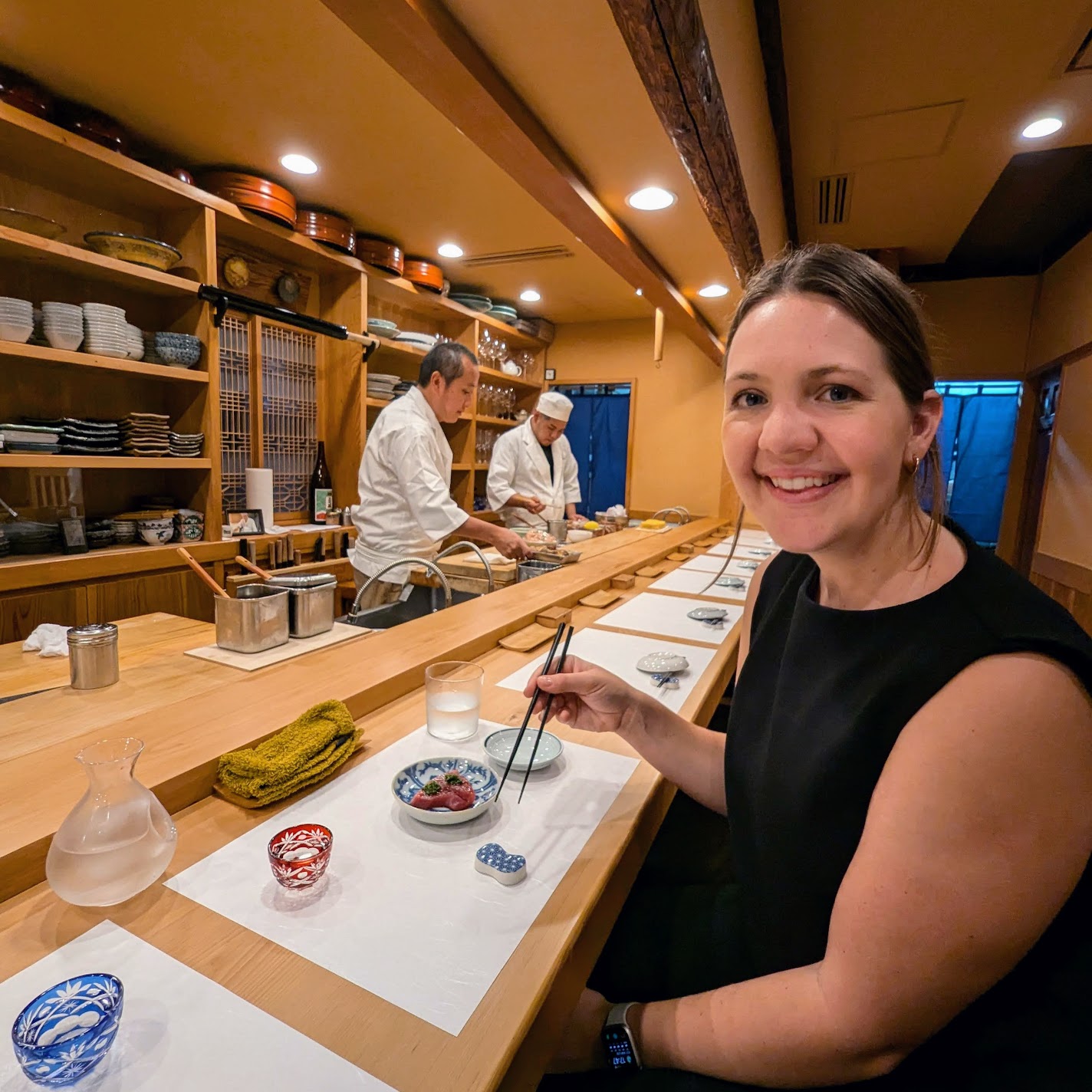
October 7, 2024




